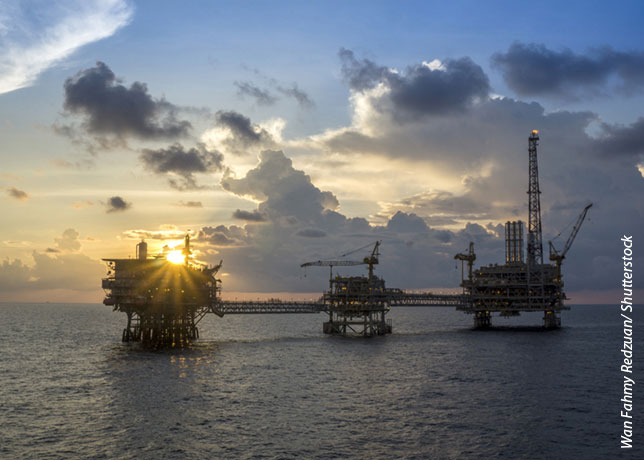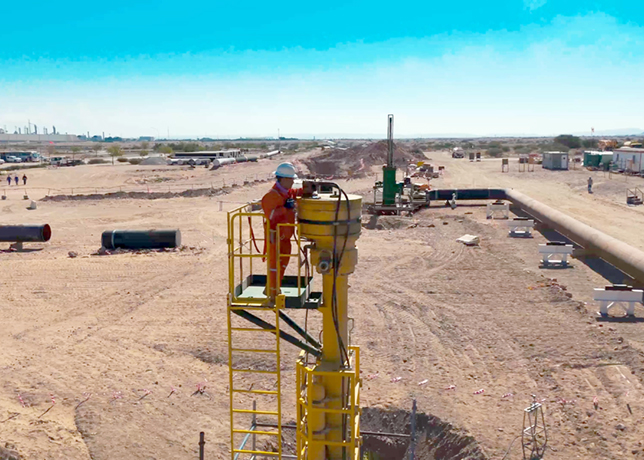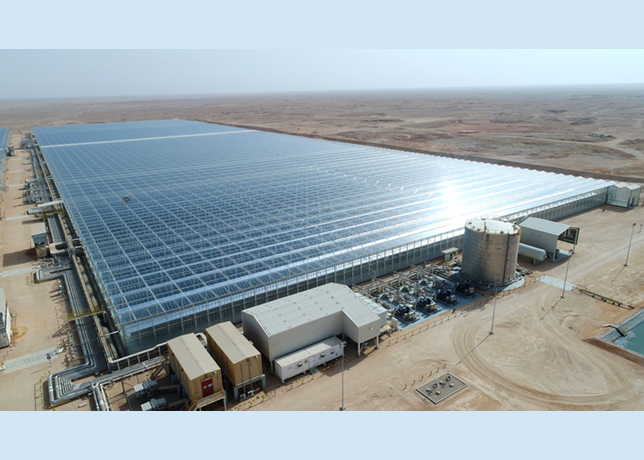
The IEA and Opec have released their January oil market reports, outlining their views on oil demand for 2025.
For this year, the IEA expects global oil demand growth to accelerate to 1.05m b/d, up from an estimated 0.94m b/d for 2024.
Demand growth will entirely be provided by emerging economies (1.1m b/d) as OECD markets will see a modest dip in consumption, reported Emirates NBD Research.
Opec remains more upbeat on its outlook for demand this year with consumption growth forecast at 1.44m b/d, a slowdown from the 1.54m b/d the exporters’ alliance estimates for 2024.
Both emerging and developed markets will see higher demand this year and in its projection out to 2026, Opec expects oil consumption to remain buoyant at 1.43m b/d.
IEA, OPEC DEMAND GROWTH PROJECTIONS
The gap between the two main forecasting agencies is a challenge for oil markets in assessing whether conditions are tight or loose.
Taking Opec’s forecast as a baseline, oil markets would appear to be in a considerable deficit for all of 2025 while the IEA’s estimates would mean oil markets are in over-supply by about 400k b/d on average in 2025, provided that Opec+ countries fully comply with their production targets.
BALANCE STILL IN SURPLUS EVEN WITH Opec RESTRAINT
The IEA did acknowledge some growing supply risks, in particular in response to new sanctions that the US has imposed on shipping of Russian oil and the threat of more sanctions that could be imposed on Iran following the inauguration of President-elect Donald Trump in the US.
Oil markets have responded sharply to the sanctions announced in the final days of the Biden administration as they specifically target individual ships associated with exporting Russian oil.
Brent futures have jumped to around $82/b as of mid-January, up from $75/b at the end of 2024.
What approach the Trump administration will take on Iran or Russia sanctions is unclear at this time but while campaigning candidate
Trump was outspoken against high oil prices so he may be prepared to use sanctions as a bargaining tool in exchange for achieving geopolitical objectives elsewhere.
Oil price assumptions for 2025 (Brent at an average of $73/b) expect a general downward move over the year as the inventory build weighs on markets.
The imposition of US sanctions are a near-term upside risk to our Q1 target of $75/b on average for Brent futures.
A building threat could also emerge from potential export disruptions from Canada to the US in response to the Trump administration calling for economic force to coerce Canada into making policy changes.












































































